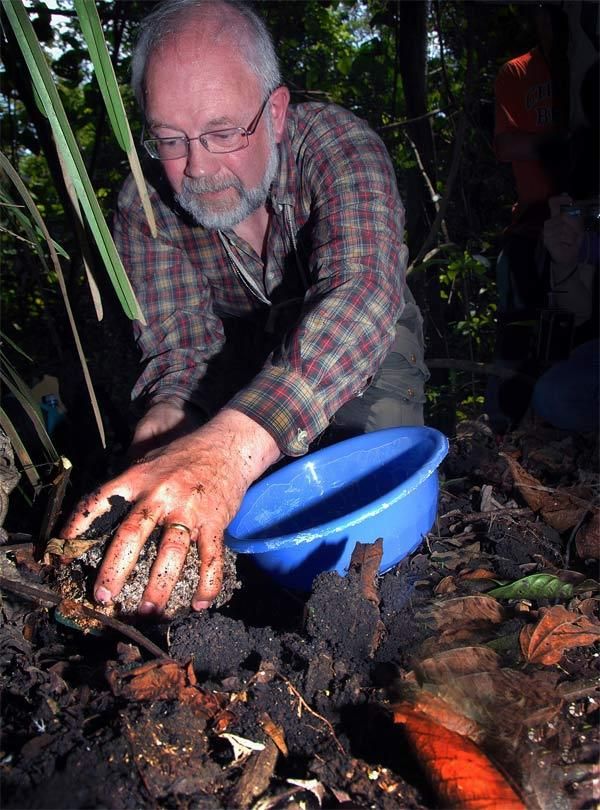Fungus-growing ants: From Natural History to Genomics
May 30, 2011
Fungus-growing ants: From Natural History to Genomics
The leaf-cutting ants are ideal models for studying the general evolutionary principles of eusocial behavior and obligate mutualism
STRI senior research associate Jacobus (Koos) Boomsma from the Centre for Social Evolution (CSE) at the University of Copenhagen, Denmark studies the evolutionary ecology of fungus-growing ants.
Since 1993, he has come with his group to Gamboa when the ants produce the males and virgin queens that swarm after the first heavy rains in May.
The leaf-cutting ants are ideal models for studying the general evolutionary principles of eusocial behavior and obligate mutualism.
To remain stable, these forms of cooperation require that reproductive conflicts that could destabilize partnerships are resolved.
CSE therefore studies potential conflicts between queens and males over paternity and between host-ants and fungus gardens over transmission to the next generation.
They also seek to clarify how socially parasitic cheats can be maintained. Their work has shown that lifetime commitments are of key importance, both between parents when they unite to produce a colony, and between their worker offspring and a single fungus clone throughout the colony's lifetime.
CSE has just obtained the genome sequence of Acromyrmex echinatior, which underlines that molecular approaches have become of prime importance for studying social and mutualistic adaptations.

In the photo, Boomsma collects a colony of Acromyrmex leaf-cutting ants at Pipeline Road